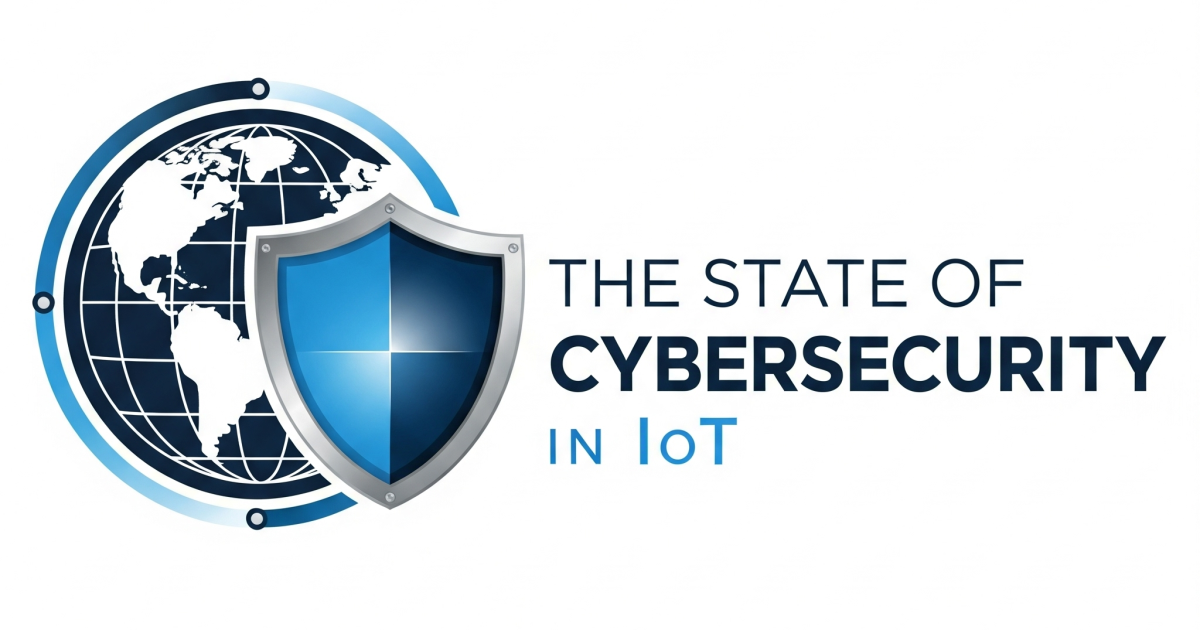Consumers are getting more and more worried about their privacy and security, and the growing force of the IoT isn’t helping them feel any safer. In a recent survey of 4,000 U.S. and U.K. consumers, Identity management company Gigya reports that 52 percent of people would choose literally anything but a traditional username and password for account security, if given the option.
Businesses are already recognizing this and some are adopting secure, modern password alternatives, such as social-network authentication that enables consumers to use their Facebook or other social-network credentials as their logins; two-factor authentication, which couples traditional usernames and passwords with a personal security question or verification code sent via text message; and biometric authentication, such as fingerprint scanning, voice recognition, facial recognition or iris scanning technology.
To break down that 52 percent number a bit, 29 percent of the respondents said they prefer using two-factor authentication and 20 percent would prefer biometric authentication. Meanwhile, only 16 percent reported following proper password best practices, using unique passwords for each online account. In fact, 6 percent use the same password for all accounts and 63 percent use seven or fewer passwords across all their online accounts.
In addition to security risks posed by traditional password authentication, businesses can also lose customer engagement opportunities by requiring better, more secure passwords, the survey showed. Millennials reported the least amount of patience for setting up an online account with almost 40 percent saying they’d leave an online registration page if password requirements are too strict. Generation X and baby boomers are not much more tolerant, with 33 percent and 27 percent abandonment rates, respectively.
Alternatively, nearly half of millennial respondents use biometric authentication, such as fingerprint scanning, voice recognition, facial recognition, or iris scanning.
“Within the next 10 years, traditional passwords will be dead as an authentication form,” said Patrick Salyer, CEO, Gigya. “Consumer-focused brands require modern customer identity management infrastructures that support newer, more secure authentication methods, such as biometrics. Businesses that are already using advanced authentication methods demonstrate increased customer registration and engagement while enjoying greater login convenience and security.”
The survey was conducted by OnePoll.com in February 2016. It queried 2,000 U.S. adults and 2,000 U.K. adults between the ages of 18 and 69 that access the internet and have online accounts.
To review the entire study, click here.
Edited by
Stefania Viscusi





